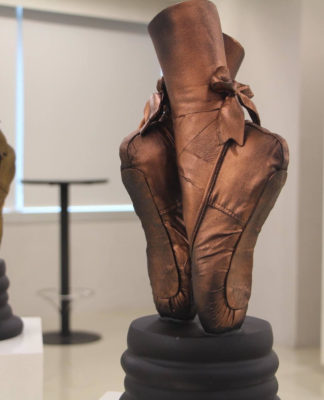FENG SHUI is more of a way of life, not some fancy hype about controlling the flow of luck. Feng shui is a lifestyle, not another trendy “how-to” guide that, most curiously, almost always gets the limelight only during the Chinese New Year.
“Feng” is Mandarin for wind, or air, while “shui” is water, which aptly represents life. The wind carries with it the life force from the water toward (or away) a particular place. Arguably, it is the (science and/or art) of arranging things to control the flow of this wind.
Feng shui is significant not just on a seasonal basis (e.g., year of the fire dog, iron monkey, wooden horse). Rather, it is nature’s eternal friend who simply goes with the flow.
But before you get excited about trying it out, an expert on the matter warned me “not to change or move” something that isn’t broken.
Actually it is really simple, the expert said: there are no definitive restrictions on how to arrange, for example, windows and doors (for ventilation), mirrors (for ample light), bed (for a good night’s sleep), and the kitchen (for ease in cooking delicious food)—which are all simple characteristics of a normal, healthy way of life.
From this naturalistic aspect, it’s nothing different from architecture or engineering, which tries to make full use of environmental factors like beautiful or relaxing landscapes, directions of the sun’s rising and setting, direction of the wind, and the position of major roads and side streets to construct a healthy environment.
However, from the way I see it, the concept of feng shui has been muddled up by many self-proclaimed experts cashing in on the trend.
While globalizing and commercializing this ancient system of positioning is not bad—it even promotes a clean, healthy, and beautiful lifestyle—it has been slowly reduced into a fad.
* * *
While feng shui is only one part in the rich Chinese culture that has been widely stereotyped, other components of this age-old culture have been typecast as well.
Aside from the usual “siomai,” “siopao,” and other delectable palates, the image of the Chinese in the eyes of a Filipino have been shaped vastly by television today.
First, there’s F4, Jewel in the Palace, and other soaps. Then, there are frequent news reports of Chinese drug dealers. Or, reports about Chinese people being kidnapped. Of course, there are pinups in comedy shows about the funny way Chinese talk. Again, there are fancy kung fu flicks.
In all fairness, the Chinese in the Philippines have many faces—as many as any civilization or race. Facets of their lives are similar to those of others. I don’t see why they have to be best remembered in one way (although I would agree that people of the same race generally look alike).
In the early 1900’s, Americans (and other Westerners) once thought Filipinos were barbarians, aborigines, and uncivilized monkeys, literally, because of the prevalent opinion of the time. These were expressed mostly in editorial cartoons in journals and magazines which depicted Filipinos as wild beasts.
But perhaps the subject of racism is best reserved for a future discussion.













